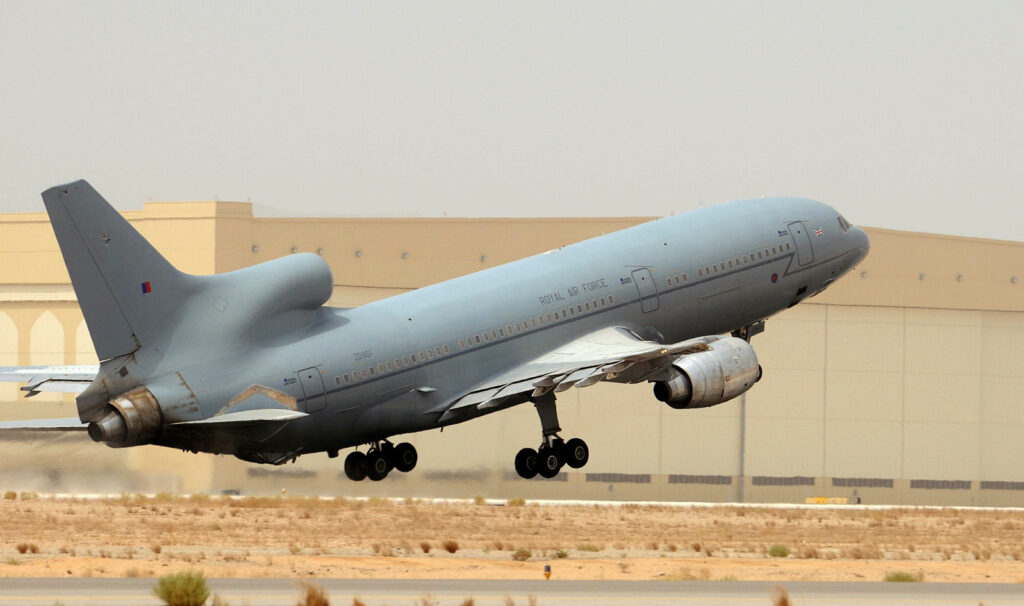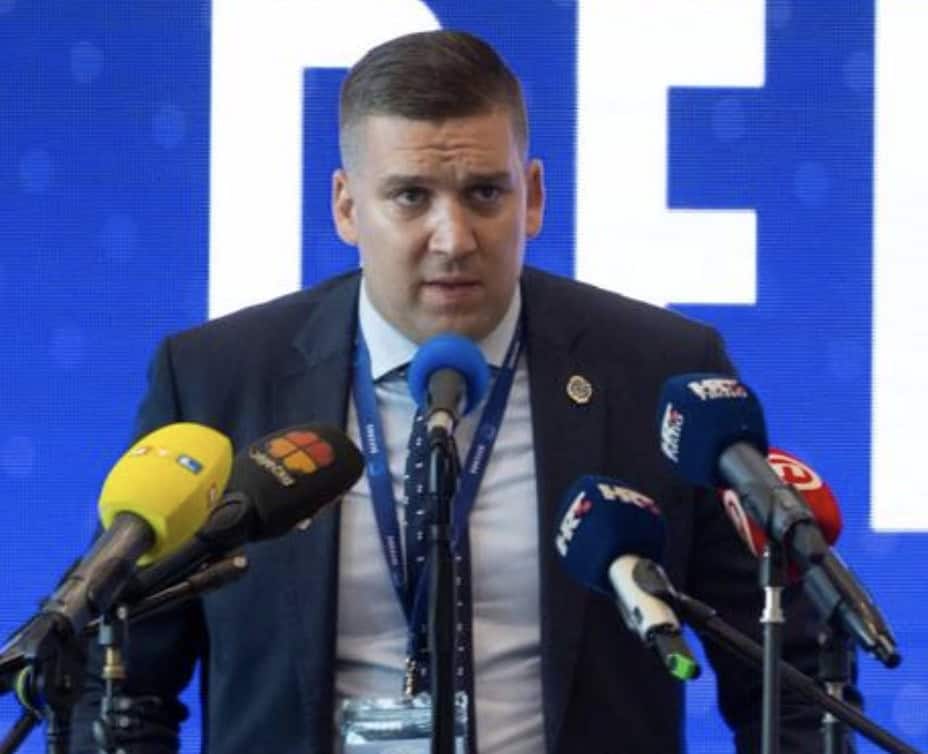
The Lockheed L-1011 Tristar was originally developed as a commercial wide-body aircraft but adapted for military use by the Royal Air Force (RAF). It served as both an aerial refueling tanker and a transport aircraft. Entering service in the early 1980s, the Tristar played a critical role in supporting British military operations, including the Falklands War, the Gulf War, and operations in Afghanistan and Iraq.
The RAF operated nine Tristar aircraft across two main configurations: the Tristar K1 and KC1 for air-to-air refueling, and the Tristar C2 and C2A for passenger and cargo transport. These aircraft were stationed at RAF Brize Norton and provided a dependable capability for long-range logistics and strategic airlift.
RAF Tristar Design and Features
The Tristar’s wide-body design and three-engine configuration, featuring Rolls-Royce RB211 turbofans, provided both reliability and range. The aircraft’s internal layout was modified from its commercial variant to accommodate military-specific equipment. Tanker variants included fuel transfer systems for aerial refueling missions. Transport models were equipped with seating and cargo facilities for personnel and equipment.
The Tristar’s advanced avionics and autopilot systems, for its time, supported efficient long-haul operations. Its versatility allowed the RAF to use it in roles such as troop deployment, evacuation, and air refueling for both combat and transport aircraft.
Tristar Tanker Performance and Capabilities
The RAF Tristar had a maximum range of approximately 4,250 nautical miles, depending on the load, and a cruising speed of 500 knots. As a tanker, it carried up to 139,700 pounds of fuel, capable of refueling multiple aircraft during a single sortie. The transport variants could accommodate up to 266 passengers or 45 tons of cargo.
While its performance was more suited for peacetime operations compared to more modern aircraft, the Tristar was invaluable for maintaining operational readiness during prolonged missions.
Operational History of the RAF Tristar
The L-1011 Tristar served the RAF for over three decades. It was extensively deployed in various conflicts and humanitarian missions, proving its flexibility and reliability in demanding conditions. Notably, during the Gulf War, it supported combat operations by refueling Tornado and Jaguar aircraft, ensuring mission success.
The Tristar was eventually retired in 2014, replaced by the Airbus A330 MRTT (Voyager). Its retirement marked the end of an era, as the aircraft had been a workhorse of RAF operations for decades.




















